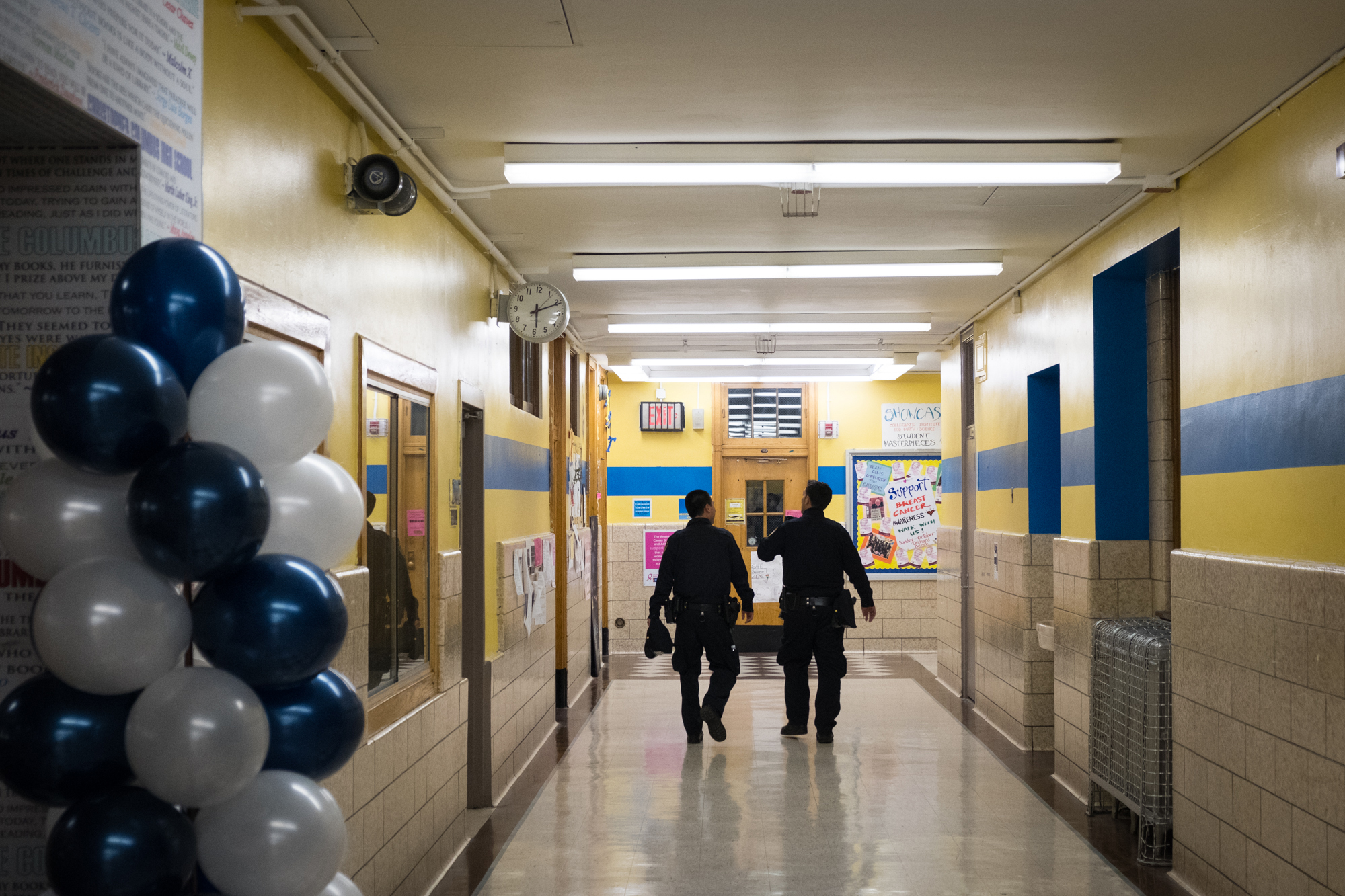NYC adding metal detectors and police after guns found in schools

After a spate of incidents involving students bringing guns into school buildings, New York City will deploy additional metal detectors to campuses and send extra police personnel during arrival and dismissal, Mayor Bill de Blasio said Monday.
The city has identified 30 campuses that will immediately see metal detectors on an “unannounced” rotating basis. There are currently 79 campuses that have permanent metal detectors as well as seven roving metal detectors in operation, police officials said.
“We know there’s some schools where there’s been some real issues lately,” de Blasio said. “We need to make sure we’re adding extra protection to make sure there’s never violence, never any incident, where a child is harmed.”

Brooklyn Boro
View MoreNew York City’s most populous borough, Brooklyn, is home to nearly 2.6 million residents. If Brooklyn were an independent city it would be the fourth largest city in the United States. While Brooklyn has become the epitome of ‘cool and hip’ in recent years, for those that were born here, raised families here and improved communities over the years, Brooklyn has never been ‘uncool’.